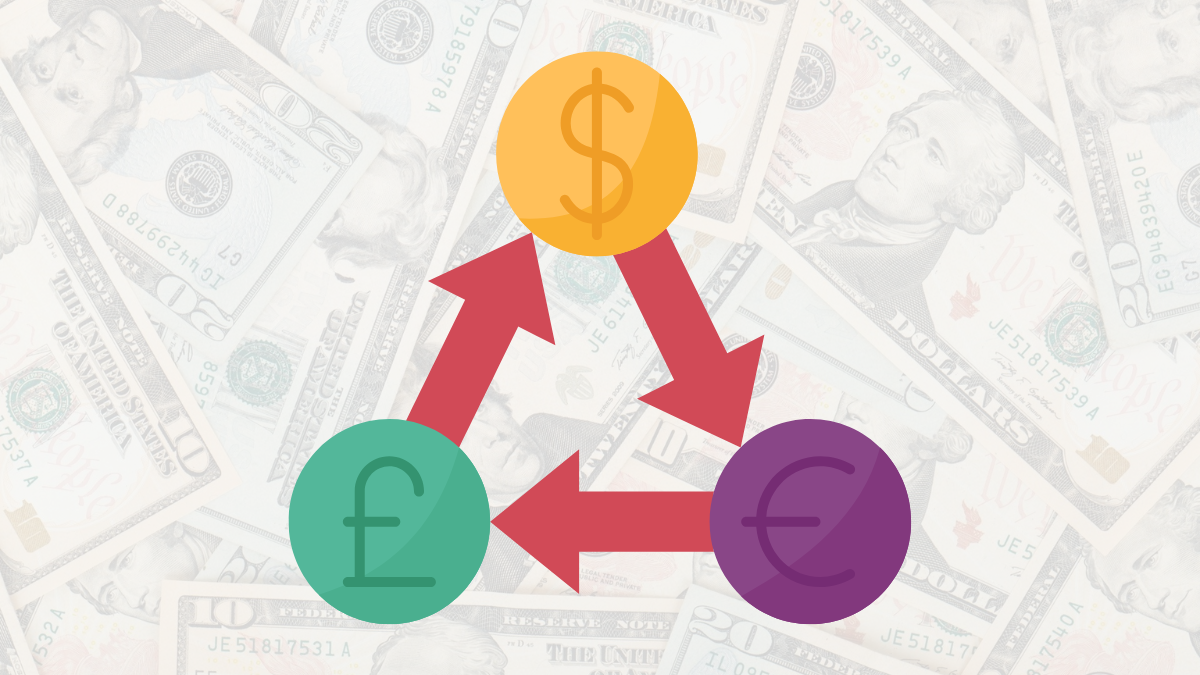Hybrid Model Used by Forex Brokers
In forex trading, brokers typically adopt two main operating models: A-Book model and B-Book model. However, many brokers choose to use a hybrid model to achieve more flexible profit strategies and reduce risk. This hybrid model combines the advantages of A-Book and B-Book, flexibly allocating orders for internal processing or external market execution based on customer trading behavior and market conditions. This article will explore in detail how the hybrid model works and why forex brokers choose this model to manage risk and increase profits.
1. What is the Hybrid Model?
The hybrid model refers to brokers operating both A-Book and B-Book models simultaneously, flexibly choosing to internalize customer orders (B-Book model) or pass them to external liquidity providers for trading (A-Book model) based on different situations.
- A-Book: Brokers pass certain customer orders to external markets, profiting only from spreads or commissions, without participating in market price risk. These orders usually involve high-volume trades or customers with stable profits, and brokers aim to reduce their own risk through external markets.
- B-Book: Brokers internalize orders from other customers, acting as the counterparty to the customer. If the customer incurs losses, the broker profits directly from it. These orders typically come from less experienced or frequently losing traders.
2. Why Do Brokers Choose the Hybrid Model?
Brokers choose the hybrid model primarily to flexibly manage risk, increase profit potential, and provide a good customer experience. The main reasons brokers choose the hybrid model are:
A. Balancing Risk and Profit
In a pure A-Book model, brokers do not bear market risk, but their profitability is limited, mainly relying on spreads and commissions. In a pure B-Book model, brokers can earn direct profits from customer losses but face greater market risk. The hybrid model allows brokers to flexibly adjust based on risk preferences and customer behavior:
- Reducing Risk: Brokers can use the A-Book model for stable or high-volume customers, passing orders to external markets to avoid bearing the risk of market price fluctuations.
- Increasing Profit: For frequently losing or low-volume customers, brokers can use the B-Book model to internalize orders and directly profit from customer losses.
B. More Flexible Risk Management
The hybrid model allows brokers to dynamically adjust risk management strategies based on market conditions and customer behavior. For example, during periods of high market volatility or significant economic events, brokers may choose to pass more orders to external markets to reduce their risk exposure. Conversely, during stable market conditions, brokers can use the B-Book model more to increase profits.
- Customer Behavior Analysis: Brokers typically decide whether to internalize or pass orders to external markets based on customer trading history, behavior patterns, and profitability. By managing customers in tiers, brokers can maximize their risk-reward ratio.
- Market Condition Assessment: Based on market volatility, liquidity conditions, and upcoming events (such as central bank meetings, non-farm payroll data releases, etc.), brokers can flexibly adjust the ratio of different models to reduce risk during market instability.
C. Enhancing Customer Experience
Brokers using the hybrid model can typically provide a better trading experience for different customer groups. For example, for highly profitable or high-volume professional traders, brokers can use the A-Book model to offer more competitive spreads and faster order execution. At the same time, for ordinary retail traders, brokers can use the B-Book model to ensure their orders are executed quickly and avoid the impact of external market fluctuations.
- Reducing Slippage Risk: In the B-Book model, brokers can internalize orders, meaning traders do not have to worry about market slippage, resulting in faster order execution and higher price stability.
- Competitive Pricing: The hybrid model allows brokers to adjust spreads and commission structures under different circumstances to meet the needs of different customer groups.
3. How the Hybrid Model Operates
The hybrid model typically relies on advanced data analysis techniques and automated systems to manage order flow and risk. The key steps in the operation of the hybrid model are:
A. Customer Classification
Brokers classify their customers into different groups based on trading behavior, profitability, trading volume, and other factors. Common classifications include:
- High-Profit Customers: These customers usually have rich trading experience and maintain stable profits in the market. Brokers pass orders from these customers to external markets to avoid bearing risks.
- Frequently Losing Customers: These customers are typically novice traders or exhibit volatile trading behavior, and brokers can internalize these customers' orders to profit from their losses.
- Small Traders: Brokers usually internalize small trades to avoid the transaction costs associated with small orders entering external markets.
B. Order Allocation System
Brokers use intelligent order allocation systems to dynamically decide whether each order should be executed using the A-Book or B-Book model based on market conditions and customer classification. These systems rely on automation technology to analyze market conditions and customer data within milliseconds to determine the optimal order execution path.
- Automated Order Routing: Based on customer risk and market volatility, brokers' systems can automatically decide whether to pass orders to external markets or internalize them.
- Real-Time Risk Control: Brokers' systems monitor internal risk exposure in real-time, and when the risk of internalized orders exceeds preset limits, the system automatically hedges the remaining risk or passes more orders to external markets.
4. Advantages and Challenges of the Hybrid Model
Advantages:
- Flexibility: The hybrid model allows brokers to flexibly adjust order execution methods based on market changes and customer behavior, maximizing profits and reducing risks.
- Risk Control: Brokers can control market risk through selective internalization and hedging strategies, ensuring stable profitability during market fluctuations.
- Profit Potential: The hybrid model combines the advantages of A-Book and B-Book, allowing brokers to profit from customer losses while also earning stable income from spreads and commissions.
Challenges:
- Technical Requirements: The operation of the hybrid model relies on advanced data analysis and automation technology, requiring brokers to invest significant resources to establish and maintain these systems.
- Conflict of Interest: In the B-Book segment, brokers act as the counterparty to customers, which may lead to conflicts of interest, damaging the broker's reputation and customer trust.
- Lack of Transparency: Due to brokers using different models under different circumstances, a lack of transparency in operations may raise customer concerns about the fairness of order execution.
Conclusion
The hybrid model allows forex brokers to flexibly combine A-Book and B-Book models, dynamically adjusting order execution methods based on market conditions and customer behavior. This model increases profitability by internalizing orders from losing customers while reducing risk by passing orders from profitable customers to external markets. Although the hybrid model offers high flexibility and profit potential, it also faces challenges related to technical requirements and conflicts of interest. Brokers need to use advanced automated systems and risk management tools to maximize the benefits of this model.
Hi, We are the Mr.Forex Research Team
Trading requires not just the right mindset, but also useful tools and insights.Here, we focus on Global Broker Reviews, Trading System Setup (MT4 / MT5, EA, VPS), and Forex Trading Basics.
We personally teach you to master the "Operating Manual" of financial markets, building a professional trading environment from scratch.
If you want to move from theory to practice:
- Help share this article to let more traders see the truth.
- Read more articles on Broker Tests and Forex Education.





